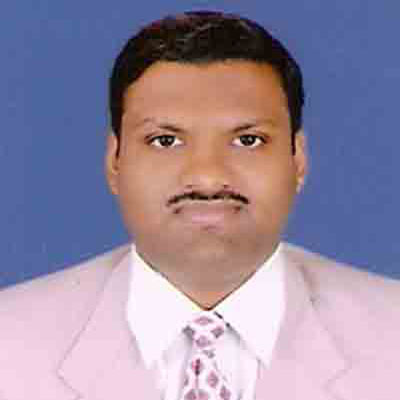Dr. Alok Bharadwaj
Assistant ProfessorG.L.A. University, India
Highest Degree
Ph.D. in Environmental Science from GLA University, Mathura India
Share this Profile
Highest Degree
Ph.D. in Environmental Science from GLA University, Mathura India
Share this Profile
